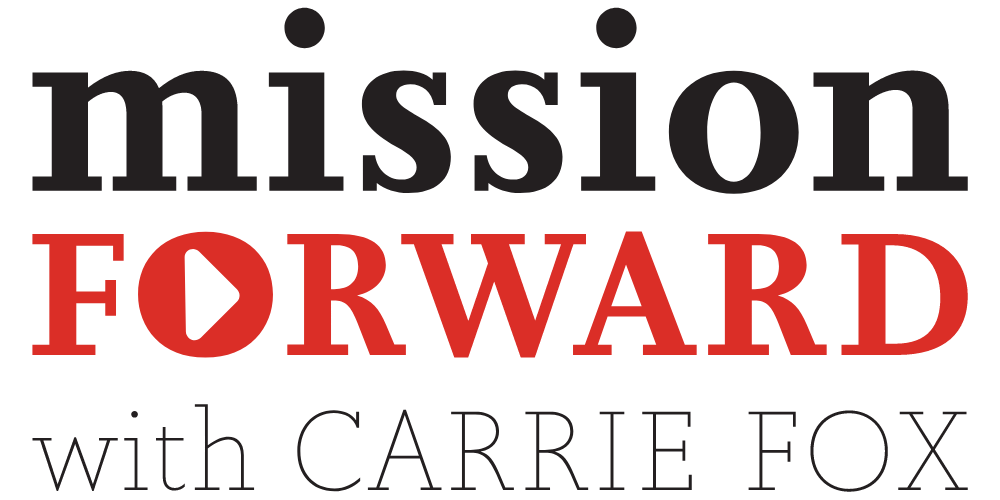The Hard Truth about Soft Skills
This article is part of Finding the Words, a newsletter that delivers practical insights on the day’s issues.
Last December, a group of CEOs gathered for a New York Times Summit to discuss leadership in tumultuous times. In no time flat, the gathering of leaders had found their angle for the conversation: how communicating as a CEO has become a “high wire act.”
The conversation, which was recorded and shared in the New York Times’ DealBook section, had one very clear throughline: Business leaders said the tumult of recent years had made it more important than ever to share with employees and the public. But how much, and when?
The questions are the right ones to ask, as today’s employees and stakeholders value and— in some cases—demand a more direct, transparent, and authentic approach to communication. In fact, according to the 2022 Edelman Trust Barometer, 81% of people believe CEOs should be personally visible when discussing public policy with external stakeholders or the work their company has done to benefit society.
That’s all fine and good, but are today’s CEOs equipped to meet this expectation?
I’ve been tracking this conversation for some time, and last fall decided to go find out more. So, in partnership with my colleagues Kaitlynn Joplin, Elena Hilton, and Eleni Stamoulis, Mission Partners embarked on a national study of executives to understand how they view communications as a tool for change and how they communicate through unexpected challenges. The new research was released yesterday, and the full report can be accessed here.
What we found was fascinating:
Instead of improving their own interpersonal skills, leaders often prioritize making their current communications teams more effective through tools, technology, and training. If extra budget exists, executives prioritize upskilling their teams over supporting their own communications growth.
Even fewer leaders invested in learning or growth opportunities designed to develop their strategic soft skills such as empathy, even though empathetic leadership is moving rapidly from a "nice-to-have" to a strategic business imperative.
Interestingly, given the above, most respondents identified “leading through challenging moments” and “team alignment around a shared strategy” as their top communications problems.
And most organizations viewed their ability to make an impact as "too small to matter", resulting in nearly half of all surveyed organizations not advancing any DEI strategies in their work.
Acknowledging and addressing hard truths in a workplace—from bias in hiring processes to toxic workplace norms—is essential for leaders who wish to foster more inclusive, trusted, and healthy environments. However, without a commitment to grow or invest in essential communications “soft skills,” how can CEOs communicate on these hard issues effectively?
If you’re struggling with the high-wire act of communicating from the corner office, here are some key actions to consider:
Start with purpose. You don’t need to have all the answers in tumultuous times. But you do need to ensure your team is aligned around a shared purpose and focus. Understand what your team holds sacred, and clearly articulate your values as a workplace. Once that purpose is clear internally, share externally to keep your team accountable to these values and commitments. This type of grounding will make the challenge of communicating easier when you find yourself in the crosshairs.
Invest in empathy, plain language, and strengths-based language training for your executives. Don’t leave this work to others. Care, courage, and clarity are not skills that can be taught in a one-day workshop but rather a practice that requires just that: practice. Need some directional guidance? Check out my new book on this topic, More Than Words: Communications Practices of Courageous Leaders.
And of course, practice. As leaders, we won't always get it right. Set perfection aside and focus instead on making a commitment to communicate openly and transparently with your team, even on the hard days. By prioritizing your soft skills, you can support the success of your team, improve your organizational culture, and increase your impact at large.
Bottom line: When leaders communicate with care, courage, and clarity, they can also better lead through tumultuous times. It comes down to how we use the power we have.
A special thanks to all who contributed to the development and release of this research report, including Allison Kadin, Nimra Haroon, Rachel Ware, Sadie Lockhart, Anne Kerns, and Ijeoma Nwatu.
This post is part of the Finding The Words column, a series published every Wednesday that delivers a dose of communication insights direct to your inbox. If you like what you read, we hope you’ll subscribe to ensure you receive this each week.







